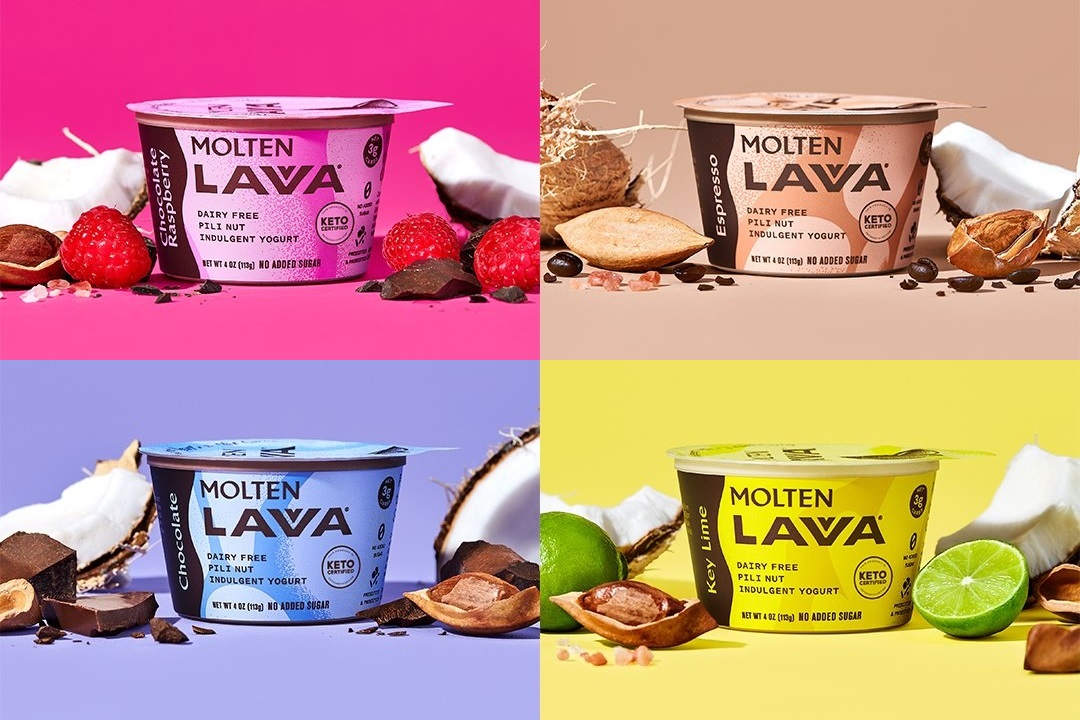
Living in New York, it’s easy to think that the 22% spike in organic sales during mid-March occurred evenly, and for the same reasons, across the country. Or that everyone is re-growing scallions to cut down on food waste.
Enter Cheetos-branded boxed macaroni and cheese: proof that organic hasn’t become 100% the US norm. There are three flavors that reference the brand’s savory puffed corn snacks: regular, flamin’ hot (their spelling, not mine) and cheesy-jalapeno. Shoppers can pick between regular boxed and just-add-water (instant) versions.
The release, and the hub-bub surrounding it, epitomizes the polarization of American grocery culture in 2020. While some consumers move toward less processed foods, there’s still an appetite for over-the-top branded mash-ups, the kind of products that drive click-bait headlines.
According to Frito-Lay’s press release, parents have turned to macaroni and cheese as an easy, sugar-free and kid-friendly breakfast during the pandemic. While macaroni and cheese might first seem like a surprising choice, it offers a (perhaps indulgent) medium between parental nutrition preferences and pandemic food trends. Studies suggest that parents routinely underestimate the sugar content in their children’s diets, but six in 10 mothers want to limit the amount of sugar their children consume. As I’ve written elsewhere, the majority of lockdown-induced breakfast trends are sweet, bakery foods. If parents don’t want to whip up pancakes each morning, stirring up macaroni and cheese could be a treat-worthy substitute.
Yet, the six mothers who are trying to reduce how much sugar their children eat are also more likely to purchase organic food for their kids: 75% of US organic sales come from households with kids. Cheetos certainly doesn’t fit this bill, but Annie’s Organic does. In 2014, General Mills purchased the Connecticut-based all-nature stove-top macaroni and cheese brand for $820 million, quickly making it available in supermarkets across the US. But while Annie’s has an adorable rabbit mascot, its logo isn’t recognizable. Cheetos’ mascot is, and this is an especially valuable brand asset as child-facing brands come under scrutiny for cartoon-character marketing.
That being said, the appeal of Cheetos macaroni and cheese isn’t limited to kids. Speaking to CNN, Kristin Kroepfl, chief marketing officer for Quaker Foods North America (which is, along with Frito-Lay, a Pepsico subsidiary), said “Recipe searches for Cheetos are up 192% year on year. We embraced that insight."
This suggests that adults looking to get creative in the kitchen are also embracing Cheetos, at least as a way to jazz up their dinner routine. But does this culinary interest map onto desire for a branded quick-fix meal? And will this interest remain post-pandemic?
It could, but the target consumer of Cheetos’ macaroni and cheese is naturally more limited than Annie’s and Kraft. In fact, I believe it is their lack of mascot that makes them more appealing when it comes to dinner preparation. While kids -- and, initially, the young-at-heart -- are likely to find the familiar Cheetos mascot an alluring mac and cheese proposition, his presence is likely to mark the food as a junk food. This will matter less to kids, but it will matter to their parents, who are likely to see Kraft and Annie’s as more wholesome alternatives simply because they are completely excised from pester-power marketing. In this sense, the absence of a mascot gives them an illusion of wholesomeness because it creates a consumer-brand rapport that relies on something intrinsic to the food itself -- that is ingredients or nostalgic flavor -- rather than recruiting an external character to endorse a product.
Ultimately, Cheetos macaroni and cheese gives us a reminder that organic remains far from the default purchasing mode in the US, and that consumers are interested in wacky brand mash-ups. Going forward, I think it’s likely we’ll see more mascots from savory snack companies grace boxes of supposedly-child-friendly meals as a way to side-step issues surrounding cartoon characters and sugar. But I believe these products are naturally limiting their market and will drive the best sales when presented as limited-edition releases.
FUN FACT: Talking about Annie’s Organic is enough to send me into a spiral of Internet nostalgia, especially when I realized that brand was born only a few years before I was (eep!). But while my parents were happy to cook me up Annie’s Parmesan Peace Pasta for dinner (non-branded pester power, I wanted it because of the tie-dye box), my lunch box was not filled with the defining food product for the Millennial generation, namely Dunkaroos. But there was always another kid at the lunch table who had them! And now, I like to imagine that at least a few of those kids have grown up into adults who are sampling Dunkaroos-infused beer. The sweet-infused brew is being made by Martin House Brewing Company in Texas and, according to Delish, is a “beer that only real '90s kids will love”. Personally, I think I’ll stick to the delightful options at Craft & Carry -- I recently had a Gose from South Carolina’s Westbrook Brewing and, if you like sour beers, it was a brilliant balance between tart and bitter.

